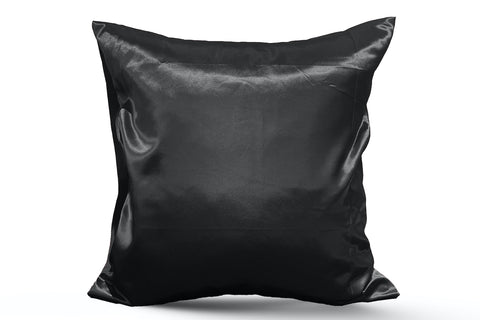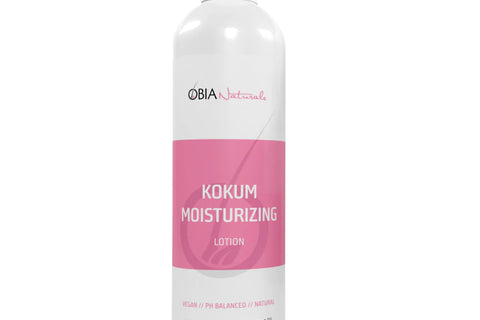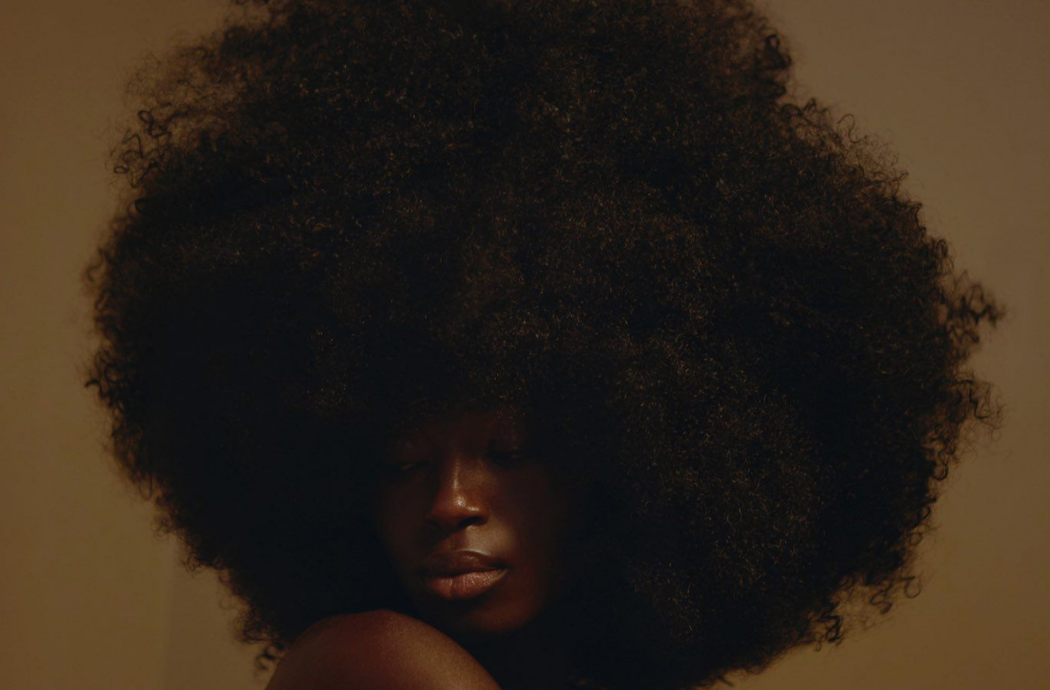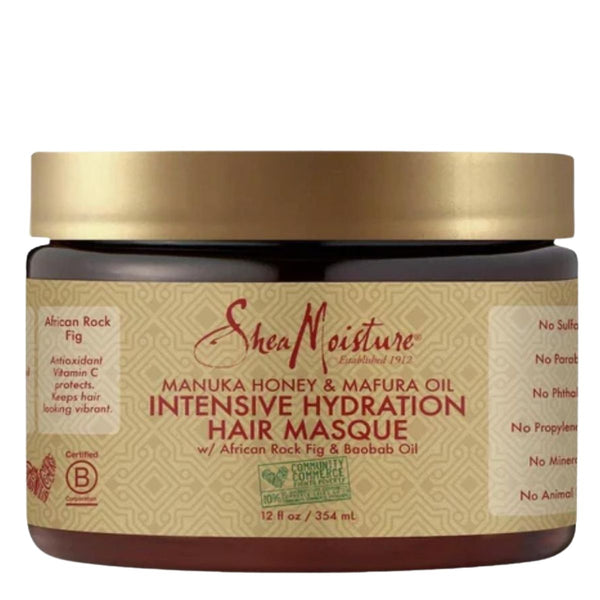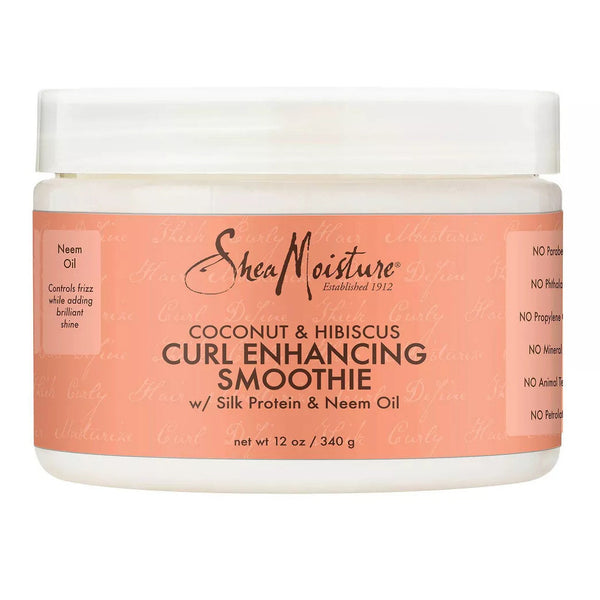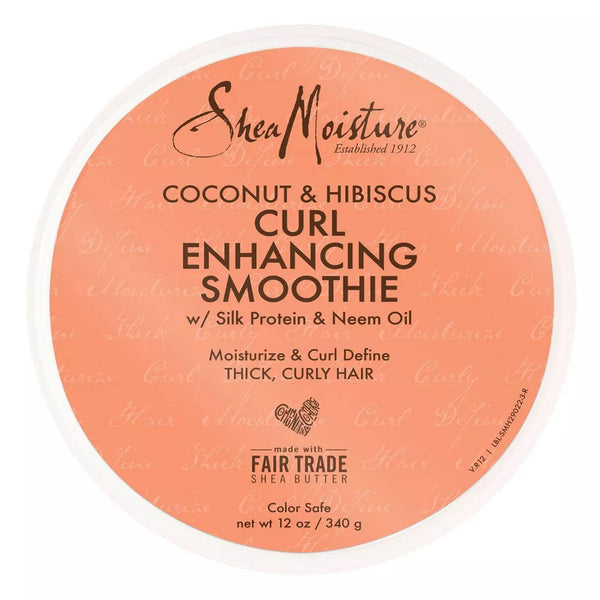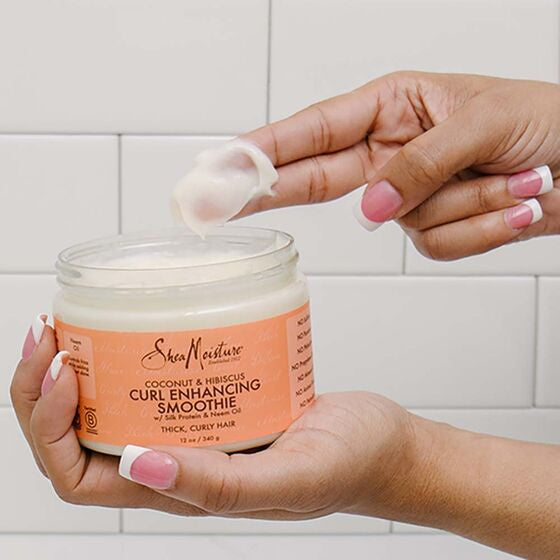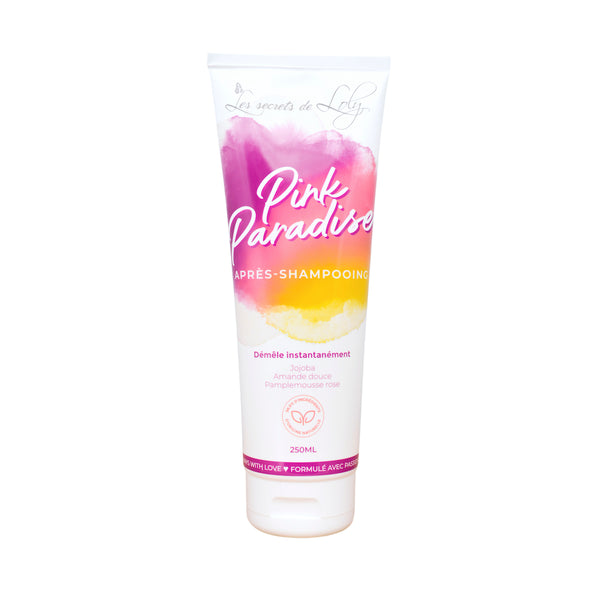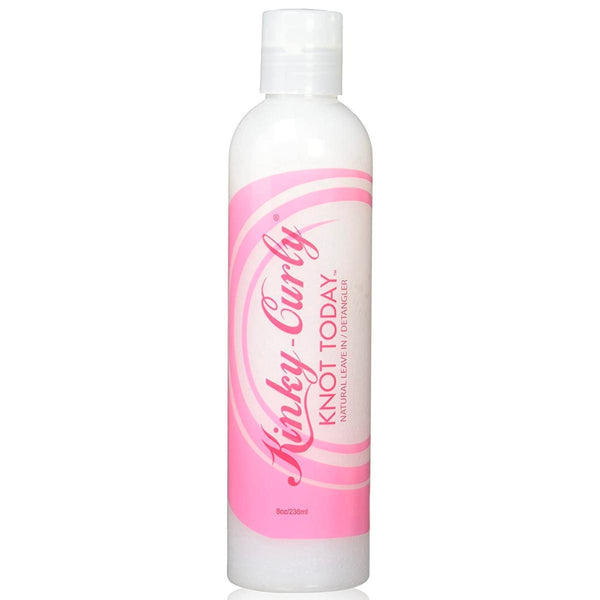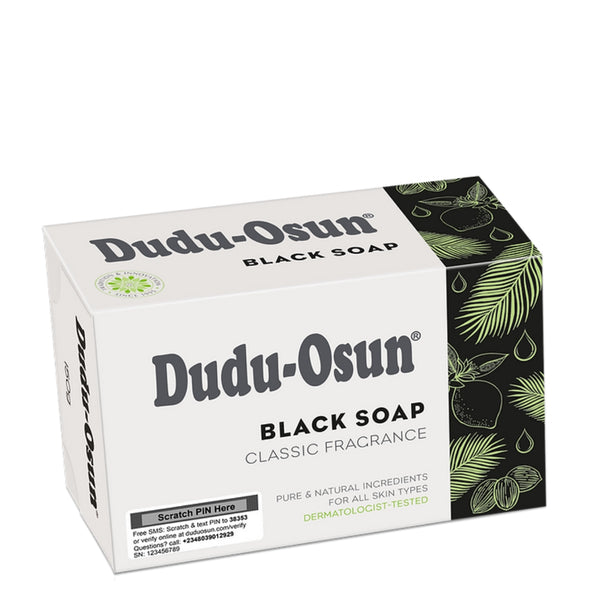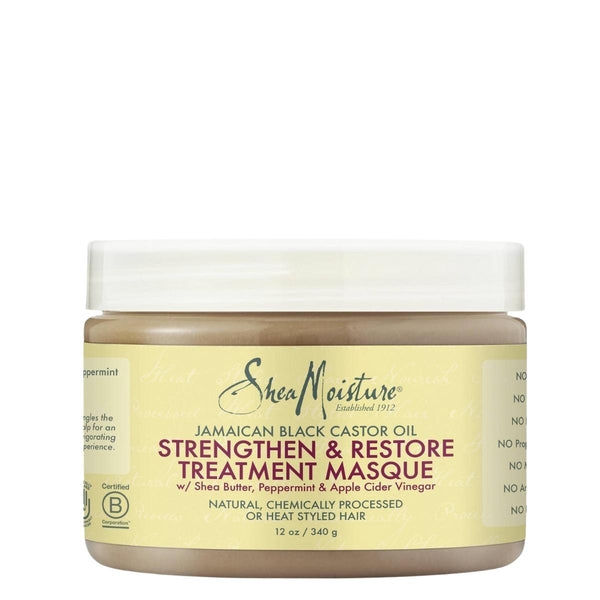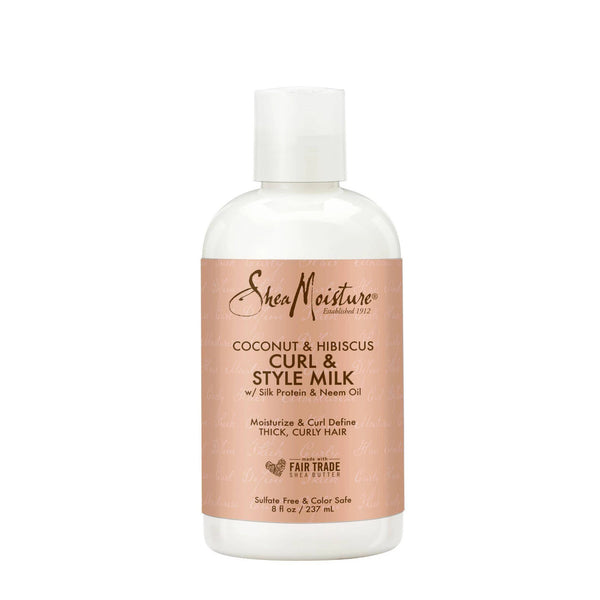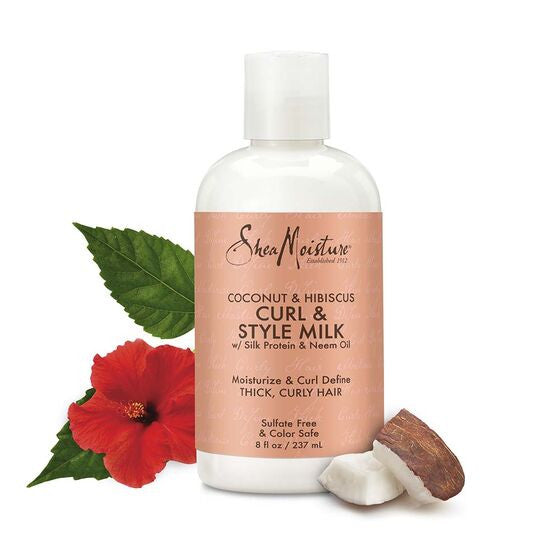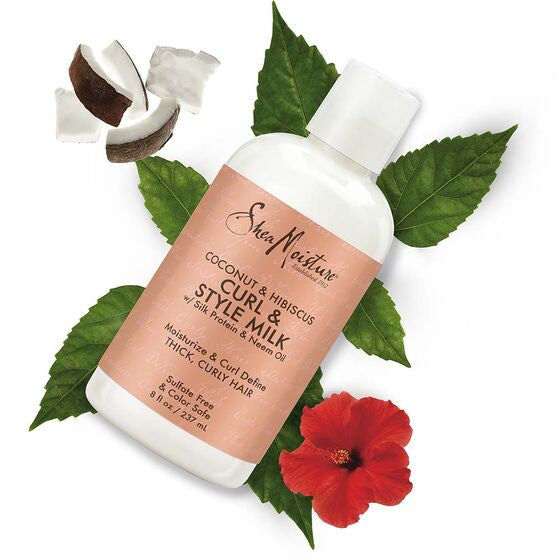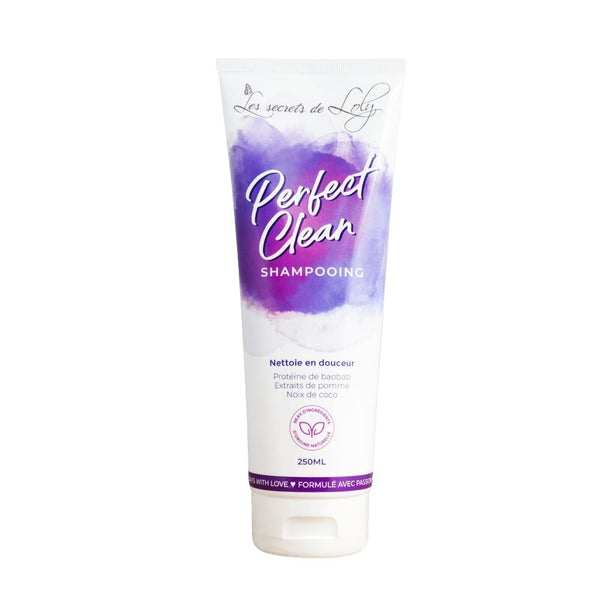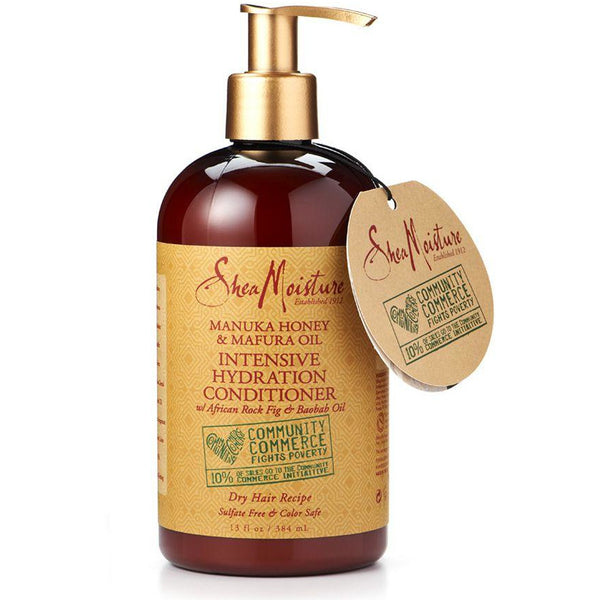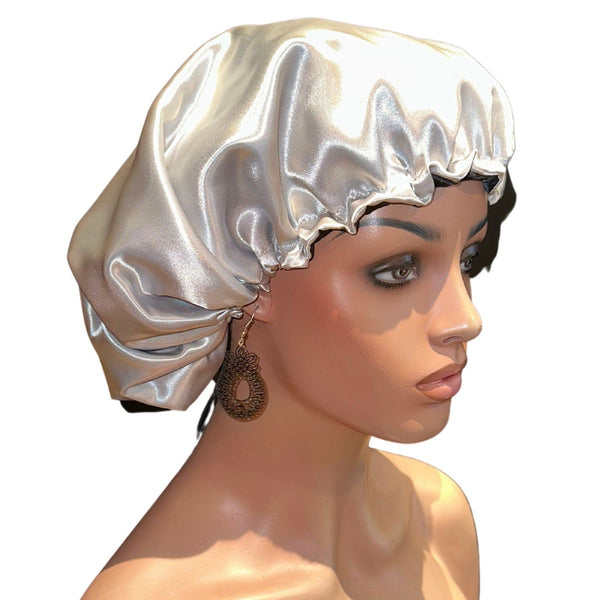The Afro is a hairstyle that of a compact or stretched hair forming a circle above our heads, we could see it as a halo as its scope is symbolic.
In addition, when we talk about Afro we often use it as a synonym for frizzy hair, a hair unique in its texture that characterizes the hair of black men and women. Long decried, the hairstyle and the Afro hair have crossed time as a symbol of resistance, struggle and culture.
At the source
Many hairstyles that we sport today have their roots in Africa. Originally, these hairstyles hold a special and emblematic place in African societies. Beyond their aesthetic beauty, the different hairstyles express an identity mark, namely: belonging to the clan, ethnic group, age or even social status.

During the slavery period
The enslaved Africans suffered from the total loss of their identity and their cultural references. These Men were considered commodities. In this logic of dehumanization, the slavers deprived the deported Africans of all things related to their sources - that is to say Africa - starting with their hair. For example, once the slaves were captured, the slave masters then proceeded to shave their hair. This process was intended to break them more to better control them.
The Tignon law, a legislative repression for black women
Black women have long been subject to discrimination regarding their physical appearance, particularly their hair.
If New Orleans in 1700 is plagued by multiculturalism between the Creole population, Afro-descendants and settlers from France and Spain, we cannot speak of equality.
White women will quickly show their annoyance about this black population which has more freedom. Black women will be their main target, they suspected the latter of wanting to seduce their husband in order to keep them away from them. This is how they will bring their complaints to Governor Esteban Rodriguez Miro who promulgated a law in 1786.
This law required black women in New Orleans to wear a tignon , a kind of fabric intended to hide the hair completely.

Work by Agostino Brunias (1730-1796) from a series on Dominica
This law had two main objectives:
- Avoid drawing the attention of white men to black women.
- To serve as a social marker to distinguish fair-skinned black women from often confused white European women.
Women will succeed in diverting this accessory of domination into an accessory of beauty that sublimates them, we speak of the maré tèt in the West Indies, the art of the "tied head".
The afro, a symbol of struggle
Through time and the oppressions suffered, the Black Man has always been involved in an effort of resistance.
During the slavery period
African women hid grains of rice inside their braids in order to survive the deplorable conditions of the long crossing. Thereafter, the braids will be used as an escape route during the periods of marooning which are defined by the escape of a slave from the property of his master in order to take refuge in the mountains.
During the post-slavery period
After multiple revolts, the slaves were able to obtain their freedom and finally be considered as full citizens. However, black people still did not have the same rights as white people. This paved the way for periods of struggle such as the Civil Rights Movement (the Civil Rights Movement) in the United States from 1954 to 1968.
The country being marked by a strong racial segregation, many militants like Martin Luther King or Rosa Park will militate to obtain equality for all ethnic groups. During this historical period, pro-black groups like the Black Panther Party will emerge. These anti-racist groups will then reconnect with their African roots which had been erased, this is where the Afro is adopted as THE symbol of the fight against the oppression of the dominant population and of pride.

The Afro hairstyle will be adopted in social movements dedicated to the black cause all over the world like the Black Consciousness Movement in South Africa.
Afro in culture
Michael Jackson, Aretha Franklin or Billy Preston, all were seduced by this trendy hairstyle. But beyond the world of music, the Afro is increasingly taking its place in the world of cinema and what better than the cultural and social movement Blaxploitation Movies to illustrate this.
The heroines, such as the famous Pam Grier, are black Americans who proudly wear their Afro, this represented a great leap forward in American cinema where the dictates of beauty are more than present and when we know that this media has been used as a propaganda device to convey stereotypes about Black Men.
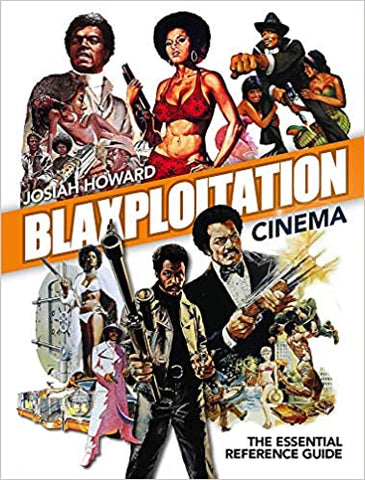
So, what are you waiting for free the fro' (note: "free your afro")?
Did you like this article? Find our blog article offering you 5 hairstyle ideas to stylize your short afro hair .

